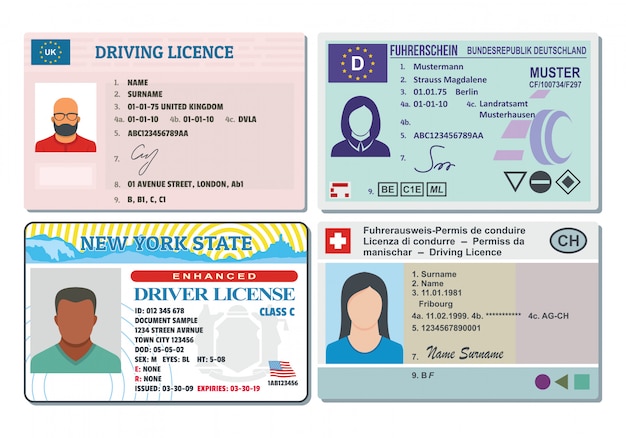Recent Changes to Driving Licences in the UK

Introduction
The driving licence is a crucial document for millions of individuals in the United Kingdom, essential for legal driving and mobility.
As road safety becomes a growing concern, the regulations and processes surrounding driving licences are continuously evolving. Understanding these changes is vital for both new and experienced drivers, especially as they pertain to safety standards and digital convenience.
Recent Changes
In 2023, the UK government introduced a series of updates to the driving licence application process and regulations. One significant change is the integration of more stringent identity verification measures aimed at reducing fraudulent applications. These measures require applicants to provide additional forms of ID and personal information, which are now verified through secure databases.
Additionally, the DVLA has launched a new online portal for application submissions, aiming to streamline the process further and reduce wait times. Reports indicate that the average processing time for new driving licences has decreased significantly, with many applicants receiving their licences within two weeks.
Digital Driving Licences
Another noteworthy development is the anticipated rollout of digital driving licences expected by the end of 2023. This digital version will allow drivers to carry a virtual licence on their smartphones, making it easier to access when needed. With growing reliance on technology, this initiative aims to enhance convenience while integrating additional security features.
Impact on Drivers
The introduction of these changes has received mixed reactions from the public. While many appreciate the faster processing times and the prospect of digital licences, others express concerns over data privacy and the complexities of new identity verification processes. Road safety advocacy groups have lauded these adjustments, indicating that improved verification processes could lead to safer driving conditions overall.
Conclusion
Overall, the ongoing updates to the driving licence system in the UK reflect the government’s commitment to improving road safety and enhancing user experience. As the transition towards digital licences takes place, it will be crucial for drivers to stay informed about their rights and responsibilities. This knowledge will enable them to navigate the changes efficiently, ensuring they remain compliant while enjoying the benefits of these advancements.









